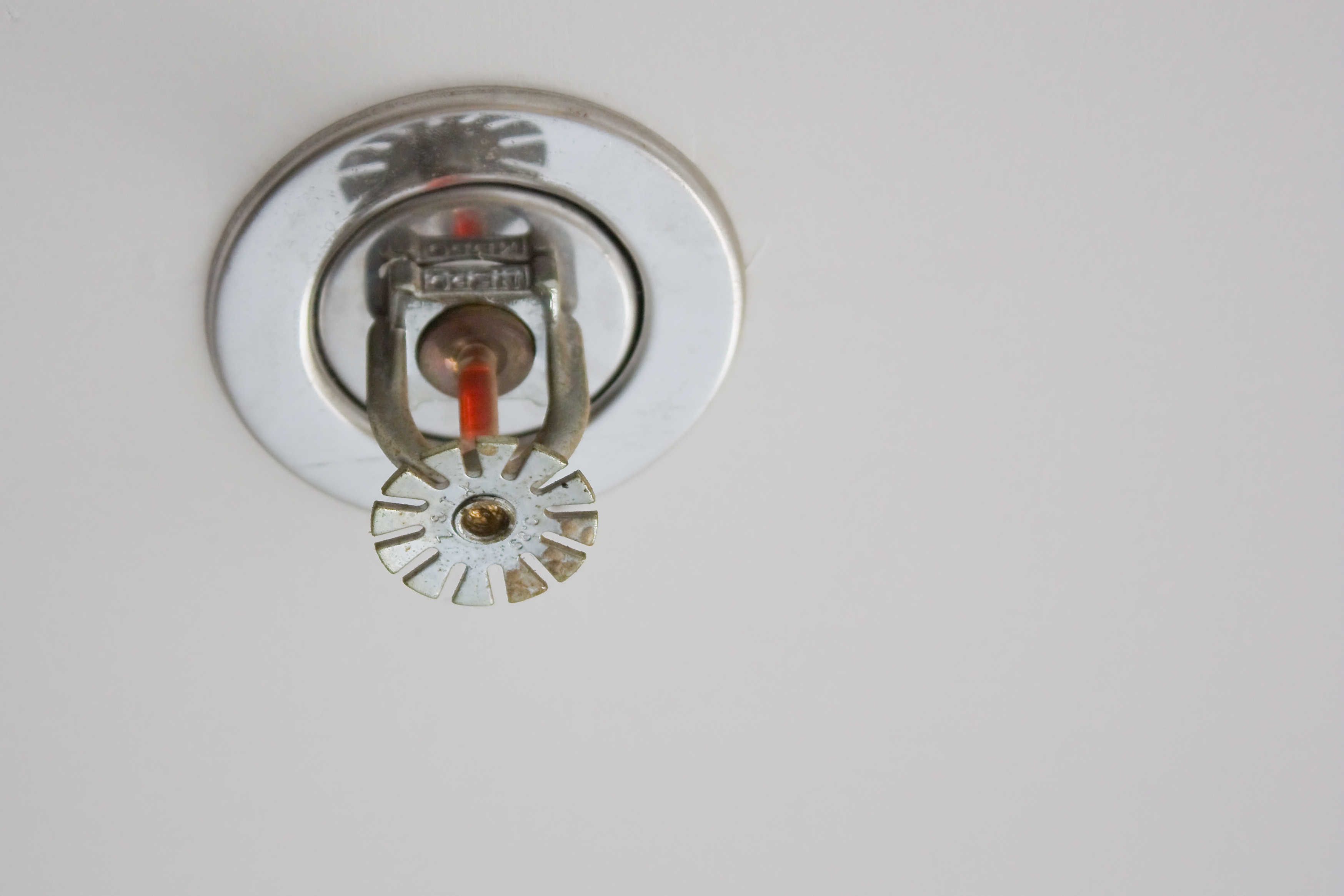Ultimate Guide to Sprinkler Systems and Fire Brigade Training
Ultimate Guide to Sprinkler Systems and Fire Brigade Training
Blog Article
Fire safety is not just a precaution; it’s a necessity. Automatic fire suppression technologies and emergency response drills are key components for minimizing fire damage.
Sprinklers work to contain fires automatically, well-trained teams ensure comprehensive safety. Together, this dual strategy minimizes risks.
The Basics of Fire Suppression Technology
Sprinkler-based safety systems respond swiftly to fire outbreaks. Engaged during fire detection, they deploy water to the fire zone.

Primary benefits to rely on sprinklers for fire safety include:
- Quick suppression: Limits the scope of the fire.
- Automated operation: Operates without delays.
- Individual sprinkler action: Uses water efficiently.
Why Fire Brigade Training is Crucial
Training for fire brigades equips teams to act during fire crises. Even with advanced systems, fire brigade efforts are invaluable.

These training sessions emphasize the following areas:
- Understanding fire risks: Recognizing common fire hazards.
- Organized escape routes: Organizing safe exits.
- Training with firefighting tools: Becoming skilled in fire management.
treinamento brigada
How Sprinkler Systems and Fire Brigade Training Work Together
Advanced sprinklers working with skilled teams work together seamlessly. Advanced systems tackle the early stage, human responders ensure thorough management.

The combination of these tools enhances emergency response efforts for residential buildings, commercial spaces, and large-scale facilities.
Why Both Sprinklers and Training Are Essential
A comprehensive fire safety plan relies on both systems and responders. Advanced fire suppression setups reduce fire spread instantly, while fire brigade training ensures human readiness.
Build a safer future by acting today by investing in comprehensive safety measures. Safety starts with preparation and technology!
Report this page